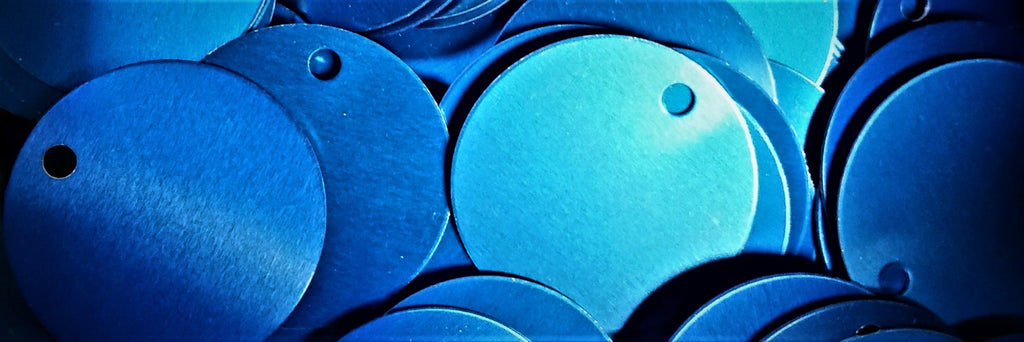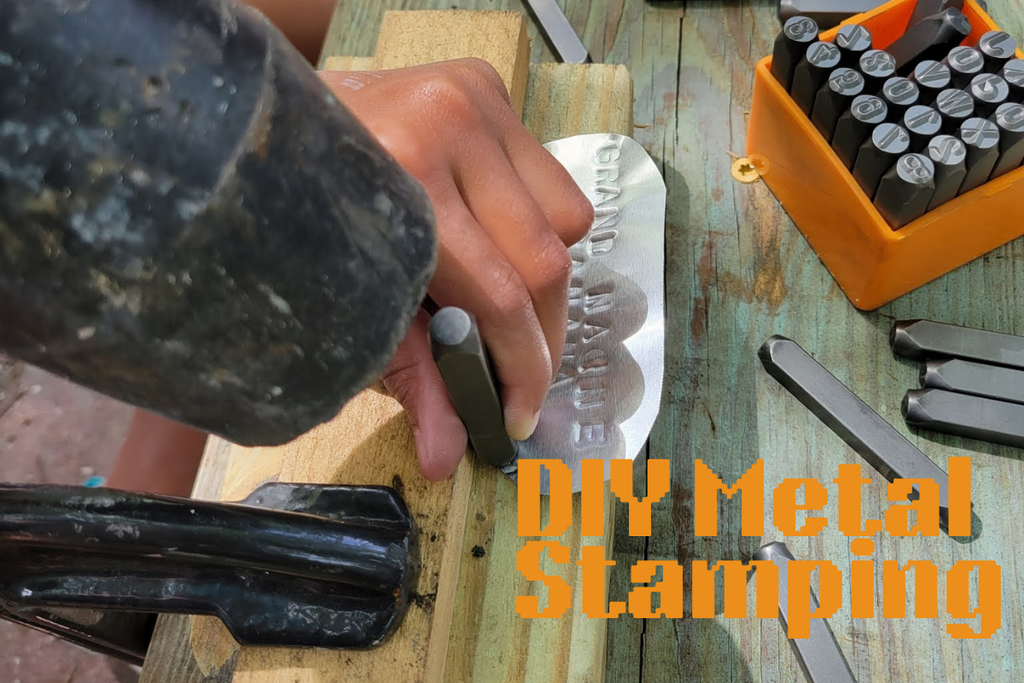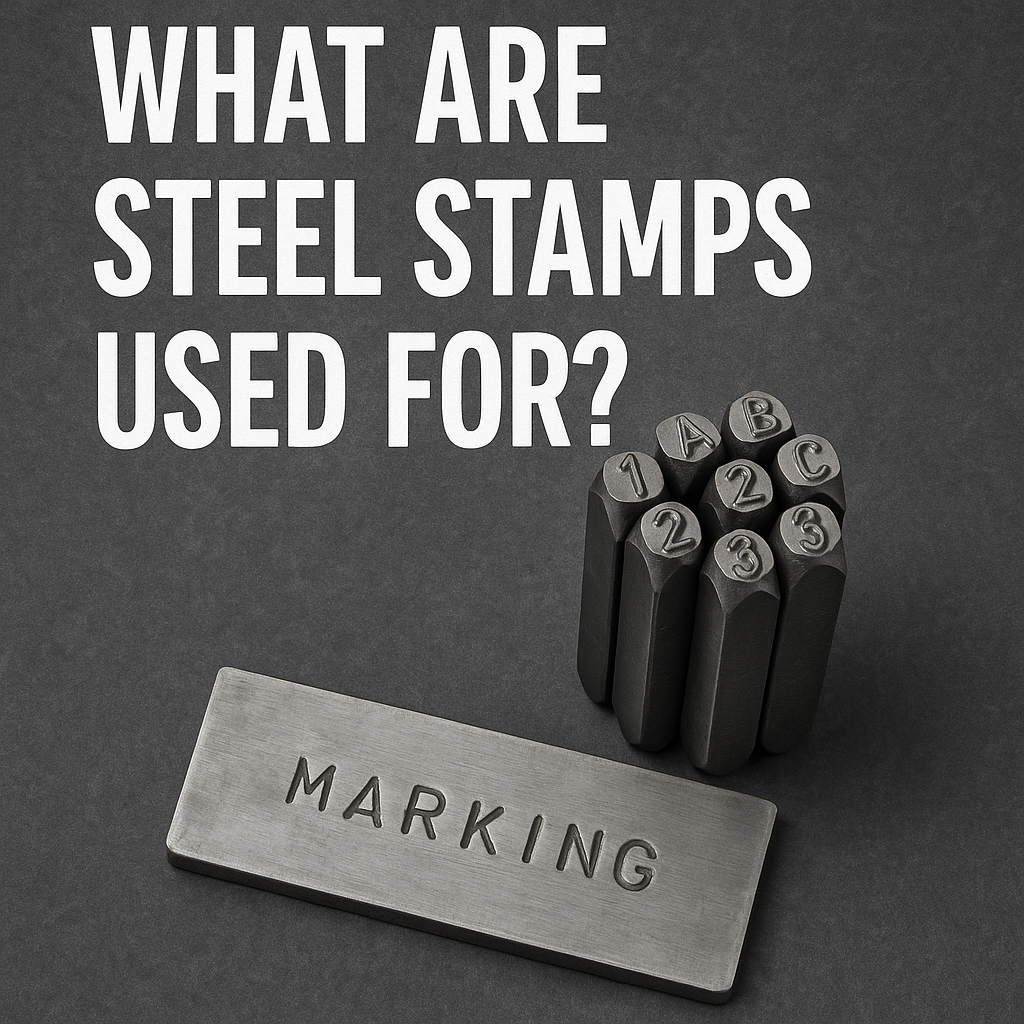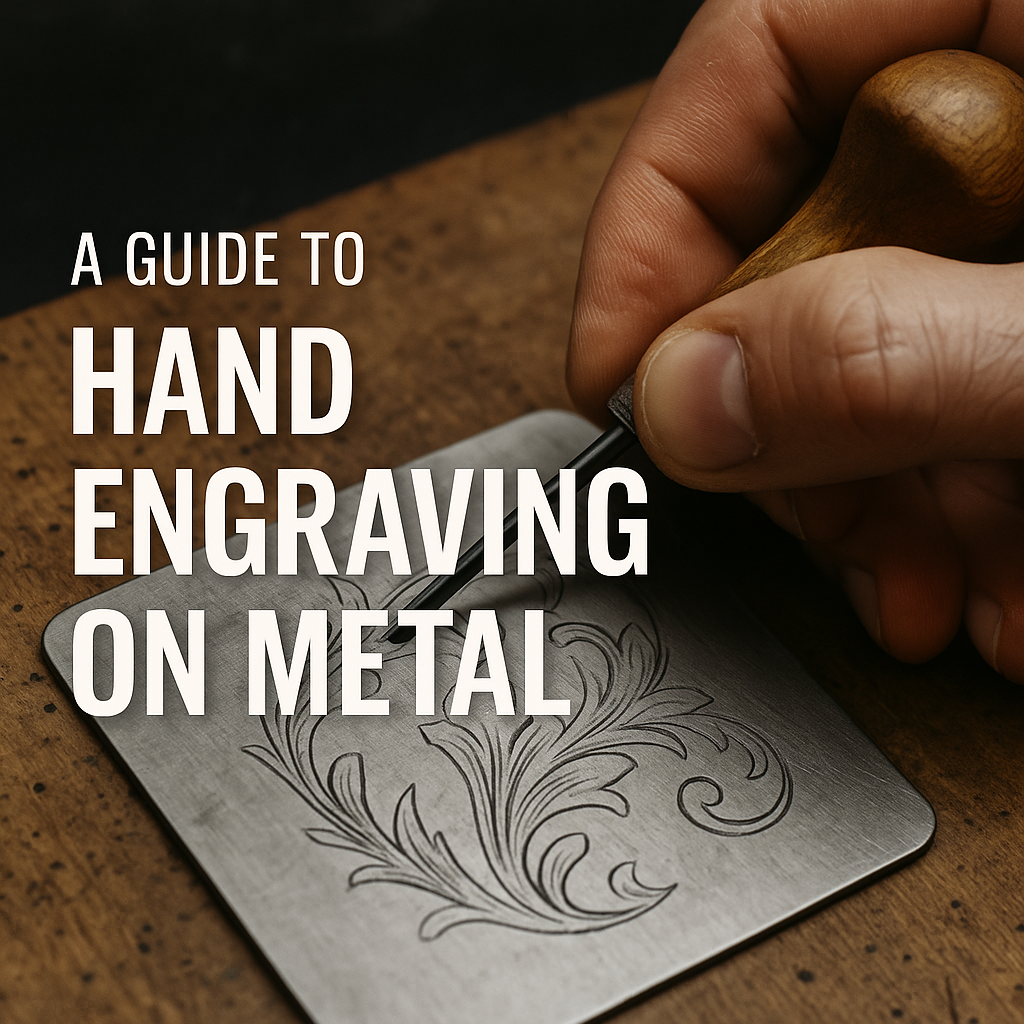Anodized Aluminum: The Basics
- USQuickBlogs
- 18 Nov, 2019
Anodized aluminum is a form of aluminum that has been subjected to treatments, giving it an excellent surface finish with high durability. These treatments are carried out electrochemically to produce an anodic cover developed and grown from the material itself.
The fact that the anodized layer is fashioned from the aluminum makes it a single unit and is thus not affected by chipping and peeling as opposed to if it were applied from another material or painted. This attribute makes the aluminum much more durable.
The strength of the aluminum is increased by a factor of up to three; while maintaining its low weight. It makes the material even more suitable for high strength applications compared to others such as steel and copper.
Properties
Improved Durability
Normal aluminum has a considerable measure of durability thanks to the protective layer of aluminum oxide that is formed on its surface. However, under constant stress conditions, the aluminum oxide cannot help beyond corrosion resistance. However, anodized aluminum has both corrosion resistance and improved strength. It means that aluminum that has been subjected to this process is not only effective against corrosion but also against damage when in harsh environments.
Improved Appearance
Shiny surface finish that anodization brings about adds to the aesthetic properties of aluminum. Anodized aluminum is usually bright silvery with a matte finish. The feature makes it a useful product for applications such as high-end utensils and cutlery, and other applications, where aesthetics is of utmost importance without compromise of quality and strength.
Low weight
Anodized aluminum boosts the strength-to-weight ratio of regular aluminum. It makes it a preferred material in intricate designs, especially in the aviation and automotive industries where lightweight, high strength, durability, and elegance are most desired. The onset of anodized aluminum has given these manufacturers liberation from traditional steel and copper, which are extremely heavy and corrosive, respectively.
Choice of Color
Since the anodic layer has open pores before sealing, manufacturers have the option of making custom colors. The choice makes it possible to adapt the material to the desired theme for elegance. Manufacturers are also able to match the color of the material to those of other metals such as gold and bronze without any risk of damaging the anodic layer.
Process of Formation
The process of anodization of aluminum is done in an anodizing cell. A piece of aluminum is first dipped in an electrolytic solution into which a cathode is submerged. A current is then passed through the solution causing positive ions to move towards the anode while negative ions move to the anode.
The action results in the formation of oxygen on the surface of the aluminum leading to an oxidation reaction. An anodizing layer is then formed on the surface of the aluminum. The amount of current passed through the system determines the amount of oxygen at the surface of the aluminum and, consequently, the thickness of the anodizing film.
In general, anodization is a controlled process of oxygenation. It helps control the width of the aluminum oxide, and subsequently, the desired properties can be controlled as well. Anodization helps control corrosion resistance and friction resistance (gulling).
Applications
The versatility of anodized aluminum makes it applicable in many areas.
Industrial Applications
Anodized aluminum is used in a wide range of industrial applications. From machinery and equipment to blank metal identification. Aluminum's lightweight but durable nature makes it a viable solution even in tough industrial environments.
Architecture
The customizable nature of anodized aluminum makes it possible to adapt it to any form of architecture without the need for painting. The material also easily replaced traditional materials such as steel to save on project costs.
Transport Manufacture
The strength-to-weight ratio of the material makes it the most sought-after metal in aviation, automotive, and marine engineering. It is currently a close rival to carbon fiber, and both materials are thought to be the future of engineering.
Consumer Goods
The material is used in the manufacture of high-end materials such as kitchenware and other household items. These products boast of beauty and durability; hence, they are currently a favorite of consumers that are conscious of their lifestyle.
Wrap-Up
All in all, anodized aluminum is a versatile material. It features properties which are desirable by a wide range of industries. From construction and manufacturing, to architecture and consumer goods.






